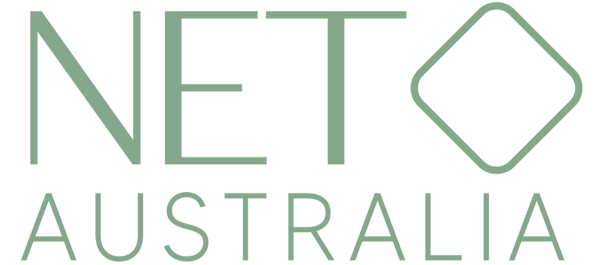Understanding Muscle Testing
Muscle testing, often referred to as applied kinesiology, is a non-invasive diagnostic tool used by health practitioners to assess the body's imbalances and overall health. It operates on the principle that the body's various muscles are linked to broader internal health issues, involving the application of specific amounts of pressure to a muscle and observing its response to determine underlying imbalances or stressors.
Applications in NET
In the context of NET, muscle testing serves several crucial roles:
Assessing Stress Responses: Muscle responses help identify both emotional and physiological stressors, offering insights that are not easily accessible through conventional examinations.
Guiding Treatment: The insights gained from muscle testing enable practitioners to focus their treatment efforts more accurately, ensuring they address the right issues.
Enhancing Patient Involvement: It empowers patients by making them active participants in the discovery and healing process, as they can feel the muscle responses themselves.
Practical Tips for Practitioners
To ensure the effectiveness of muscle testing, practitioners should consider the following tips:
Consistency is Key: Apply a slow, consistent pressure when testing muscles to ensure reliable results.
Clear Communication: Explain to patients that muscle testing is used as a biofeedback tool, not a diagnostic machine. It helps identify stress but does not solve it independently.
Maintain Neutrality: Approach each test without preconceived notions to avoid influencing the outcome. The practitioner's neutrality is crucial to obtain accurate results.
Patient Comfort: Ensure that the patient is comfortable and relaxed during testing to prevent any muscle tension that could skew results.
What Muscle Testing Is and Isn't:
Muscle Testing IS:
- Scientifically based for certain types.
- A gentle, non-invasive feedback tool.
- Effective in identifying bodily stresses and imbalances.
Muscle Testing ISN'T:
- A predictive tool or a way to read minds.
- Infallible; it's one of many tools in a practitioner's kit.
- A standalone treatment but part of a broader diagnostic process.
Further Reading and Resources
For those looking to deepen their understanding or refine their skills in muscle testing within NET, consider exploring:
- NET Mind Body Essentials
- Scholarly articles on applied kinesiology, some examples:
- Cuthbert SC, Goodheart GJ Jr. On the reliability and validity of manual muscle testing: a literature review. Chiropr Osteopat. 2007 Mar 6;15:4. doi: 10.1186/1746-1340-15-4. PMID: 17341308; PMCID: PMC1847521.
- Lawson A, Calderon L. Interexaminer agreement for applied kinesiology manual muscle testing. Percept Mot Skills. 1997 Apr;84(2):539-46. doi: 10.2466/pms.1997.84.2.539. PMID: 9106846.
- Monti, D et al., Perceptual and Motor Skills, 1999, 88, 1019-1028.
- Peterson KB. A preliminary inquiry into manual muscle testing response in phobic and control subjects exposed to threatening stimuli. J Manipulative Physiol Ther. 1996 Jun;19(5):310-6. PMID: 8792320.
- Pollard H, Lakay B, Tucker F, Watson B, Bablis P. Interexaminer reliability of the deltoid and psoas muscle test. J Manipulative Physiol Ther. 2005 Jan;28(1):52-6. doi: 10.1016/j.jmpt.2004.12.008. PMID: 15726035.
Muscle testing is a valuable skill that enhances the therapeutic capabilities of practitioners, especially within holistic frameworks like NET. By following best practices and continuous learning, practitioners can significantly improve their efficacy in using this technique to benefit their patients.

